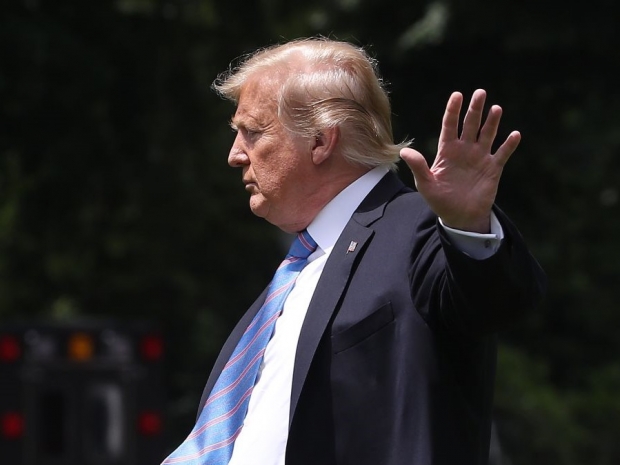One in four of Huawei’s 263 suppliers last year were American, making up the second-largest group of vendors to the Chinese company. Mainland Chinese companies were the biggest group of suppliers, making up 41 percent of Huawei’s supply chain, followed by Taiwan companies in third place at nine percent and South Korean firms in fourth place at 6.8 percent.
While similar bans might have nearly killed ZTE another Chinese firm the US didn’t like, Huawei is a little more independent and might be able to source components elsewhere.
The Commerce Department issued a rule putting Huawei and 68 affiliates in more than two dozen countries on its so-called Entity List, a move that bans the company from buying parts and components from American firms without US government approval.
Apparently Trump will review license applications under a “policy of presumption of denial”.
The order takes effect immediately, a Commerce Department spokesman said, although it will not be formally published in the Federal Register until Tuesday.
The action comes as the world’s two largest economies ratchet up tariffs in a battle over what US officials call China’s unfair trade practices. It means that the US is less concerned about Huawei’s spying than it is as a Chinese foot soldier in the trade war against Trump.
Of course, it is not saying that out loud. It is still banging on about national security.
Members of Congress and administration officials said the move would make it difficult for Huawei to sell many products because of its dependence on US suppliers.
However, that cuts both ways as there will be collateral impact on the US companies that sell to Huawei.
Analysts cut price targets on several microchip companies, including Xilinx and Qualcomm.




